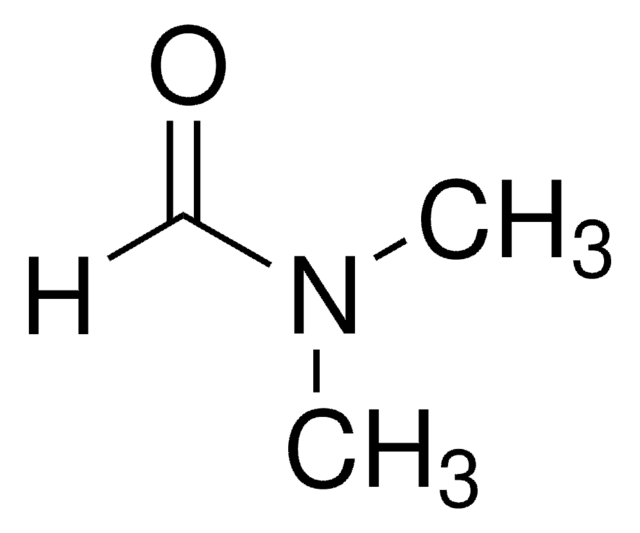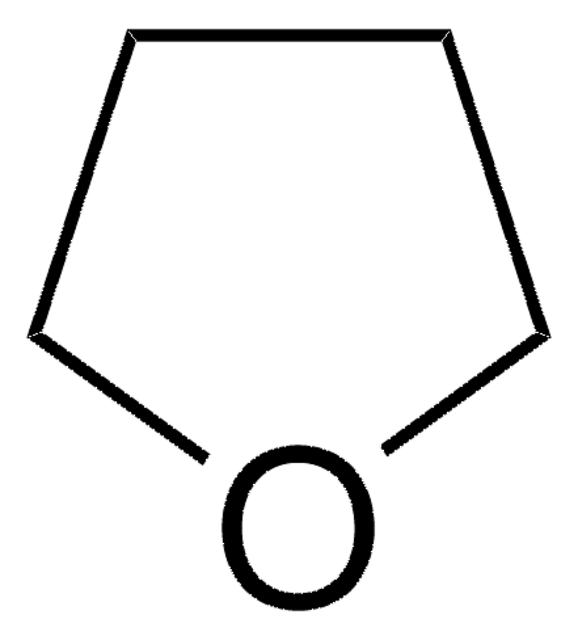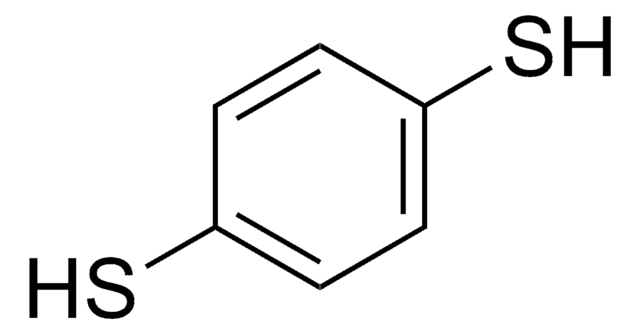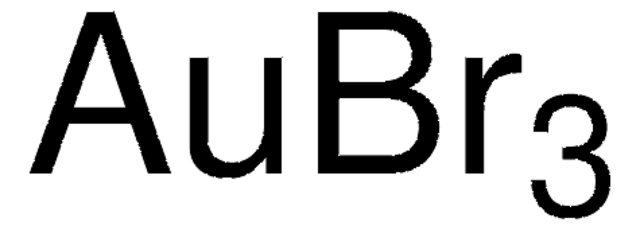15-2330
2-Propanol
≥99.0%, SAJ first grade
Synonym(e):
sec-Propylalkohol, IPA, Isopropanol, Isopropylalkohol
About This Item
Empfohlene Produkte
product name
2-Propanol, SAJ first grade, ≥99.0%
Qualität
SAJ first grade
Dampfdichte
2.1 (vs air)
Dampfdruck
33 mmHg ( 20 °C)
44 mmHg ( 25 °C)
Assay
≥99.0%
Form
liquid
Selbstzündungstemp.
750 °F
Expl.-Gr.
2.0-12.7 %, 93 °C
Verfügbarkeit
available only in Japan
Brechungsindex
n20/D 1.377 (lit.)
bp
82 °C (lit.)
mp (Schmelzpunkt)
−89.5 °C (lit.)
Dichte
0.785 g/mL at 25 °C (lit.)
SMILES String
CC(C)O
InChI
1S/C3H8O/c1-3(2)4/h3-4H,1-2H3
InChIKey
KFZMGEQAYNKOFK-UHFFFAOYSA-N
Suchen Sie nach ähnlichen Produkten? Aufrufen Leitfaden zum Produktvergleich
Anwendung
- Selecting water-alcohol mixed solvent for synthesis of polydopamine nano-spheres using solubility parameter.: This research highlights the use of 2-propanol as a solvent in the synthesis of polydopamine nanoparticles, optimizing conditions for particle size and uniformity through solubility parameter techniques (Jiang et al., 2014).
- Efficient enantioselective synthesis of (R)-[3,5-bis(trifluoromethyl)phenyl] ethanol by Leifsonia xyli CCTCC M 2010241 using isopropanol as co-substrate.: This study demonstrates the use of 2-propanol in the enantioselective synthesis of chiral alcohols, highlighting its role as a co-substrate in biocatalysis (Ouyang et al., 2013).
- Real-time ESI-MS of enzymatic conversion: impact of organic solvents and multiplexing.: The research examines the impact of various organic solvents, including 2-propanol, on enzymatic reactions using real-time electrospray ionization mass spectrometry, offering insights into solvent effects on enzyme kinetics (Scheerle et al., 2012).
Signalwort
Danger
H-Sätze
Gefahreneinstufungen
Eye Irrit. 2 - Flam. Liq. 2 - STOT SE 3
Zielorgane
Central nervous system
Lagerklassenschlüssel
3 - Flammable liquids
WGK
WGK 1
Flammpunkt (°F)
53.1 °F
Flammpunkt (°C)
11.7 °C
Analysenzertifikate (COA)
Suchen Sie nach Analysenzertifikate (COA), indem Sie die Lot-/Chargennummer des Produkts eingeben. Lot- und Chargennummern sind auf dem Produktetikett hinter den Wörtern ‘Lot’ oder ‘Batch’ (Lot oder Charge) zu finden.
Besitzen Sie dieses Produkt bereits?
In der Dokumentenbibliothek finden Sie die Dokumentation zu den Produkten, die Sie kürzlich erworben haben.
Unser Team von Wissenschaftlern verfügt über Erfahrung in allen Forschungsbereichen einschließlich Life Science, Materialwissenschaften, chemischer Synthese, Chromatographie, Analytik und vielen mehr..
Setzen Sie sich mit dem technischen Dienst in Verbindung.





